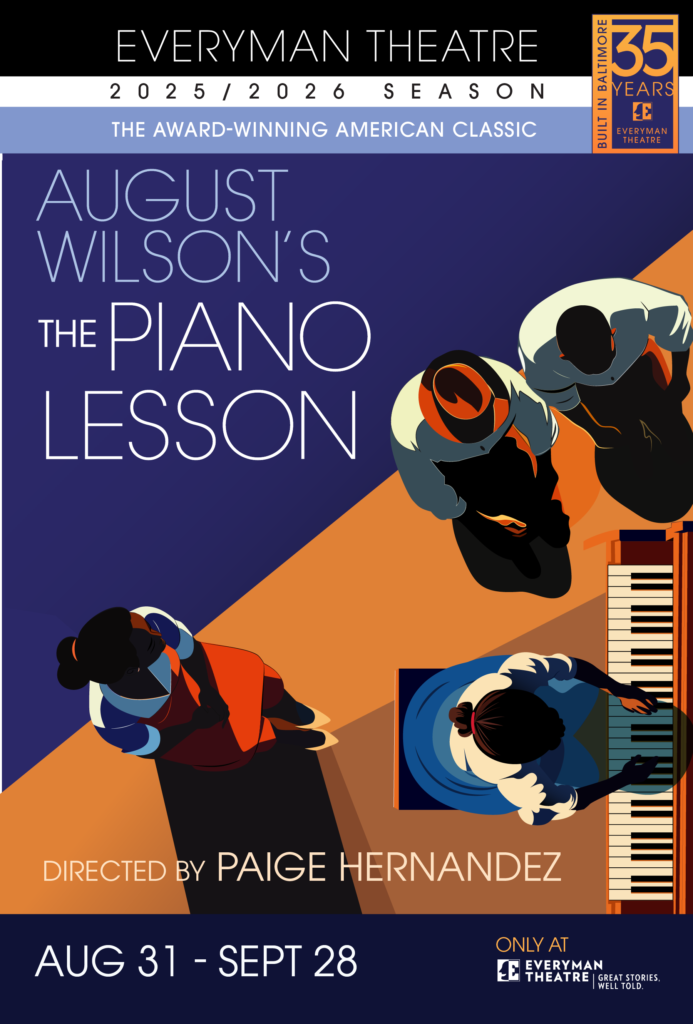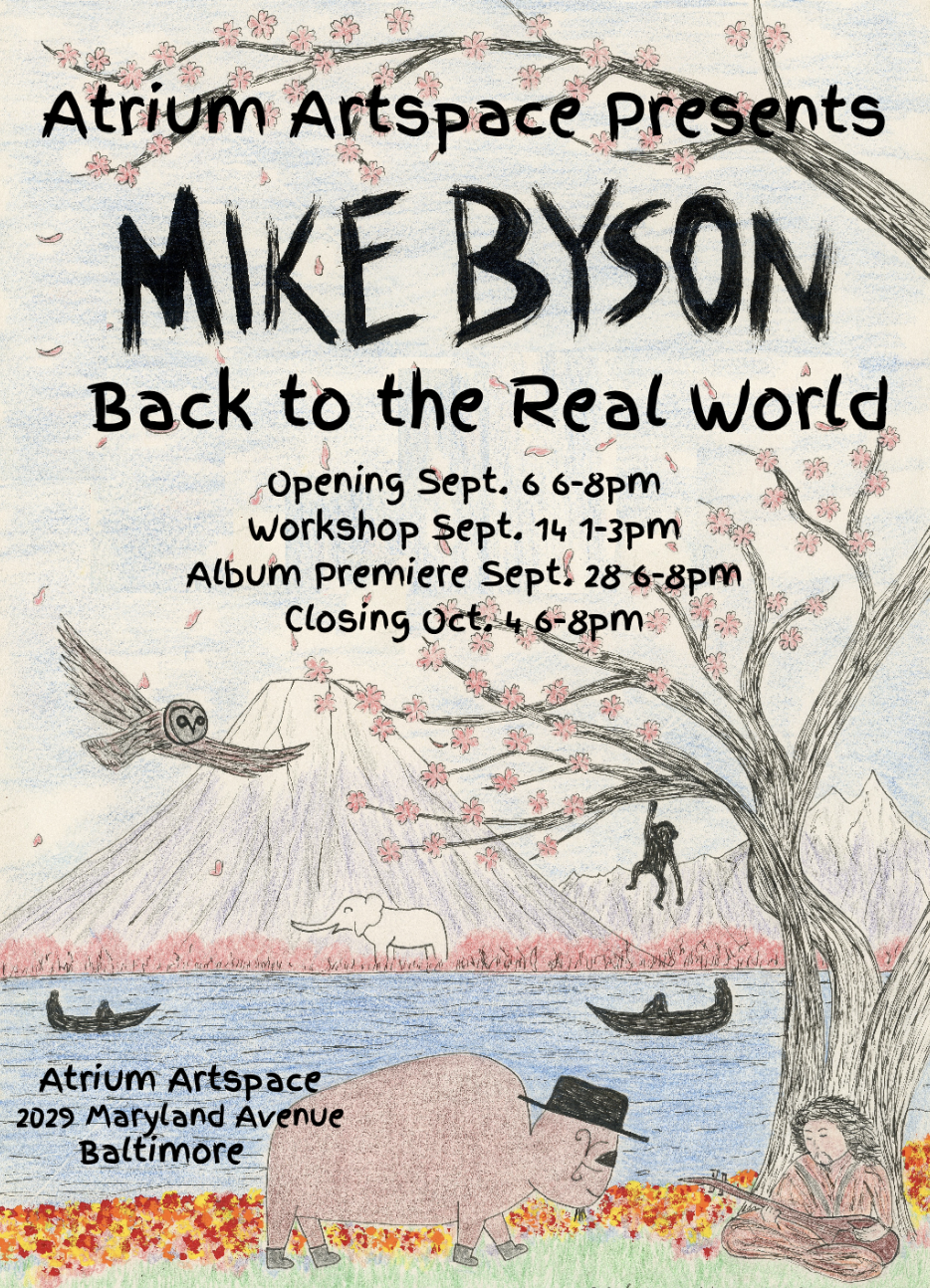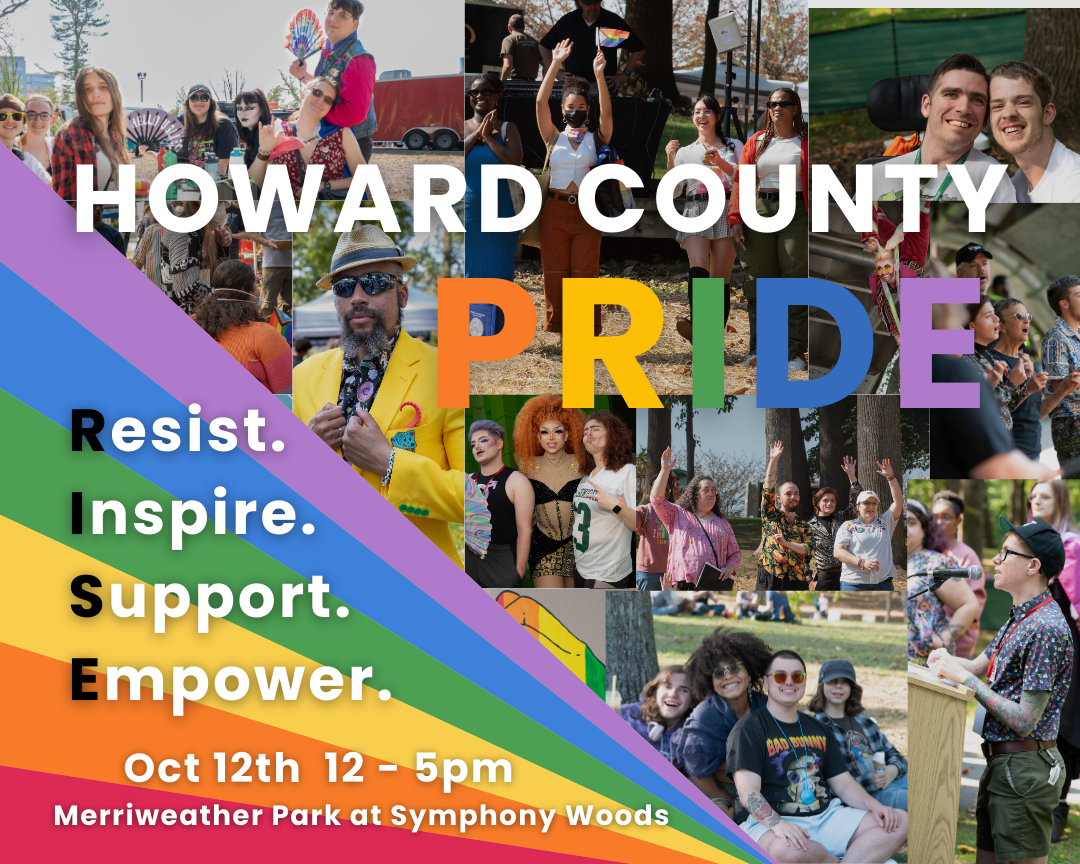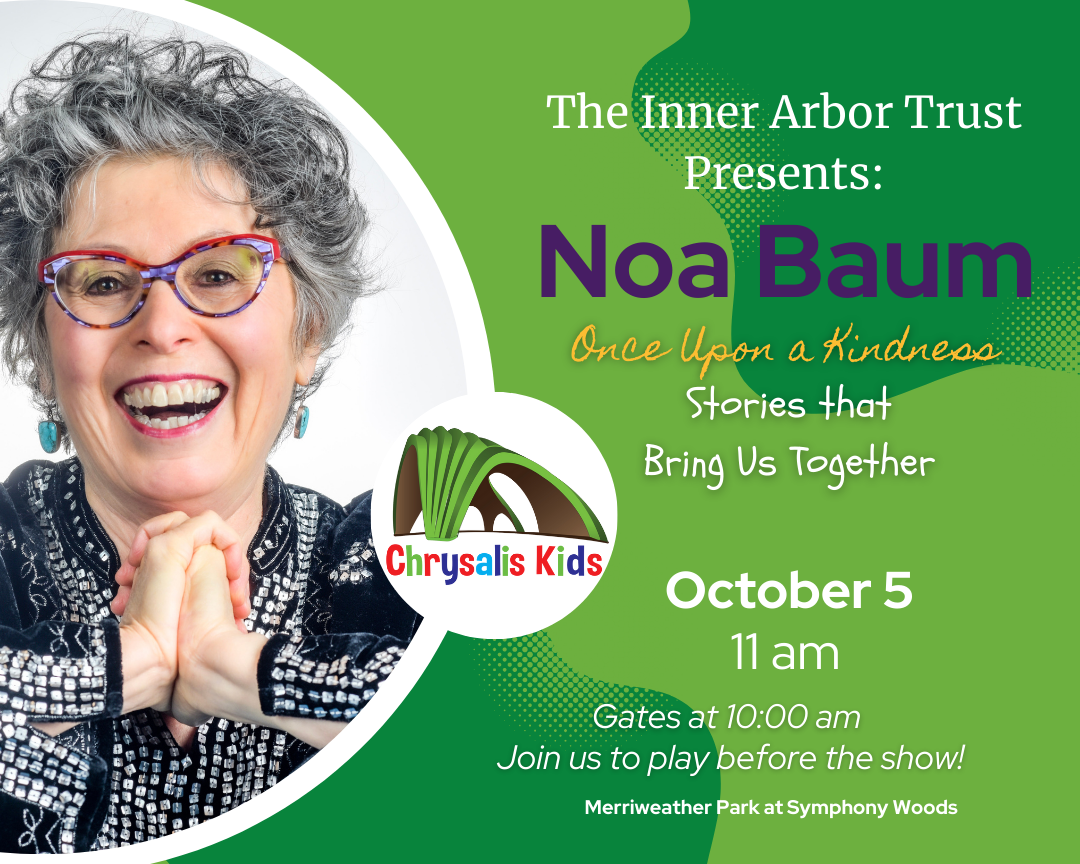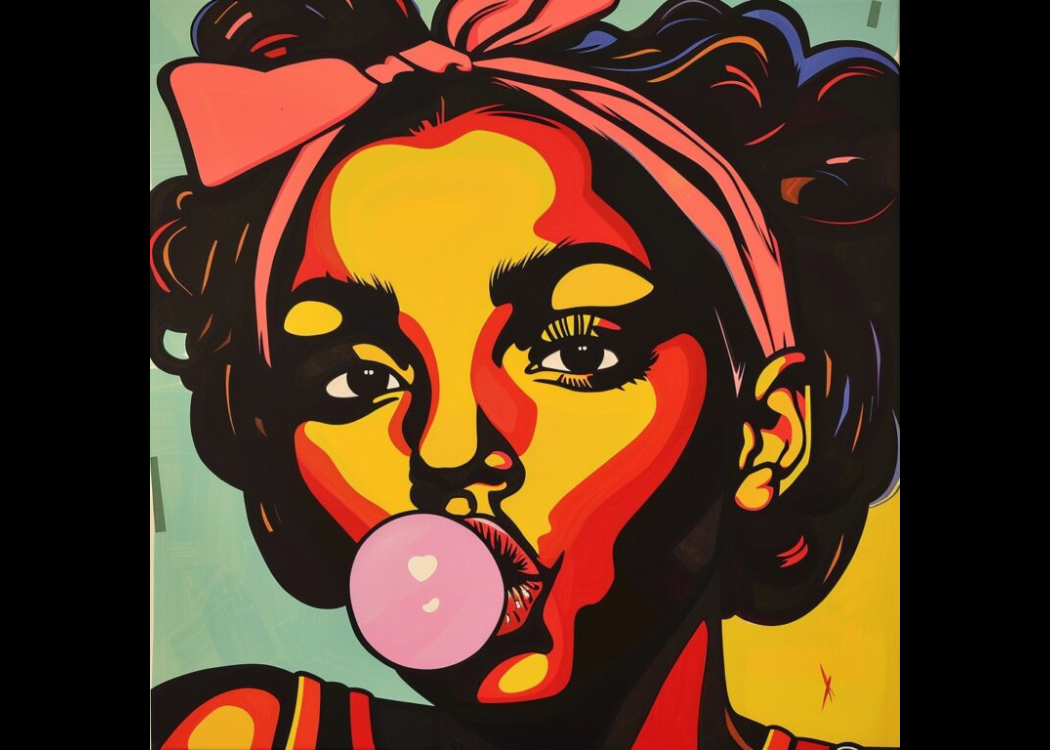Camille A. Brown & Dancers BLACK GIRL: Linguistic Play & New Second Line
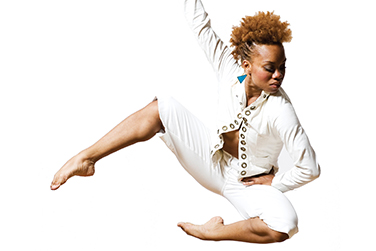
A natural storyteller, Camille A. Brown has stepped forward with her exuberant choreography and restless curiosity to become a leading voice in contemporary American dance. Her work provokes, engages and inspires audiences to develop a connection with our history and our contemporary culture.
Using African American social dancing, rhythmic play and mesmerizing movement, this new work opens up the complexities of carving out a positive identity as a Black female in an urban American culture that is racially and politically charged. At their core, her choreographic gifts, as well as her inherent theatricality and musicality, are dynamic and richly emotive tools that she uses to shape an understanding of the “Black girl” underneath the stereotyping and programming.
BLACK GIRL: Linguistic Play is supported by the Creation Initiative of the Artist Partner Program that provides time and space for artists to develop new work.
“We are all perceived differently than how we really are. We are all put in a box… if you see the human struggle, I’ve done my job. I believe this is how we all move closer to understanding each other and the world.”
—CAMILLE A. BROWN
Program
- New Second Line
- BLACK GIRL: Linguistic Play
The creation and presentation of BLACK GIRL: Linguistic Play is supported by the New England Foundation for the Arts’ National Dance Project with lead funding provided by The Doris Duke Charitable Foundation and the Andrew W. Mellon Foundation, with additional support from the Community Connections Fund of the MetLife Foundation and the National Endowment for the Arts. Major support for this new work also comes from the MAP Fund, primarily supported by the Doris Duke Charitable Foundation with additional funds from The Andrew W. Mellon Foundation; Engaging Dance Audiences administered by Dance/USA and made possible with generous funding from the Doris Duke Charitable Foundation; a Jerome Foundation 50th Anniversary Grant; New York State Council on the Arts with the support of Governor Andrew Cuomo and the New York State Legislature; and a 2014 New York City Center Choreography Fellowship.
This work was commissioned by DANCECleveland through a 2014 Joyce Award from the Joyce Foundation, The Clarice Smith Performing Arts Center at The University of Maryland, Juniata Presents and Juniata College. It was developed, in part, during a residency at Baryshnikov Arts Center, New York, NY awarded through the Princess Grace Foundation–USA Works in Progress residency program; a creative residency at the Wesleyan Center for the Arts; a technical residency at Juniata College in Huntington, PA; a residency at New York City Center; and a residency at Newcomb Dance Program, Tulane University Department of Theatre and Dance.
